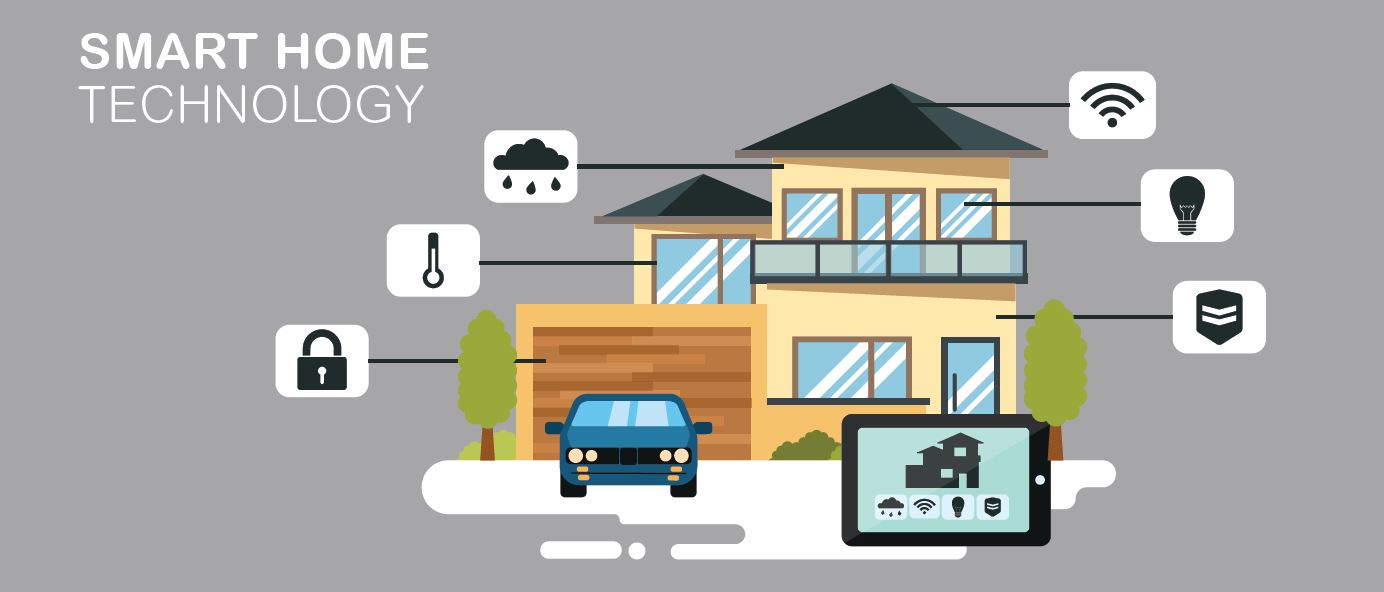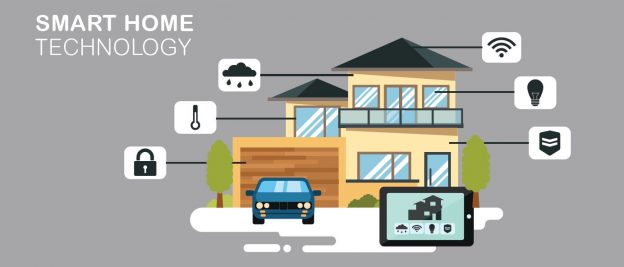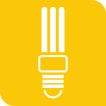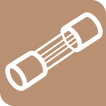Never before has smart home technology been more available and affordable to the everyday Australian. The technology is driving the future home and provides consumers a stylish, connected and sustainable lifestyle, so it’s no wonder its uptake in homes continues to rise. With television programs such as The Block showcasing a range of the technology, the excitement for a connected and functional home is just beginning.
Connected home technology is available for both new builds and renovations, so there’s a huge opportunity for electricians to capitalise. Just like any business however, it’s absolutely vital to understand what the end user wants to stay ahead of the game.
Recent research from Telsyte found that the number of connected devices in Australian households are estimated to more than double by 2022, skyrocketing from 17 connected devices in our homes in 2018, to 37 by 2022. So what are some key factors in driving consumer demand and what is important to be aware of when we’re out in the field speaking with homeowners?
Automated Lighting
According to the Telsyte study, 42% of Aussies say that when visiting a friend’s place, automated lighting is the most envied piece of smart home technology being used in their home. This is followed by automated blinds (39%), voice controlled music (33%) and keyless entry with facial recognition (28%). Lighting is a great first step into
automation, with many Australians using it as a springboard into a range of other areas or devices such as preventing energy wastage and assisting with household chores.
DIY security systems
Safety is another key driver for the everyday Australian looking to invest in smart home technology, as 83% of homeowners think smart home technology will be able to help detect intruders and capture data and video.
Energy management
The cost of living continues to rise, so homeowners are willing to approach technology in order to help manage this. Smart home technology is a key tool for users to monitor their energy, where it’s being used and how, in order to make informed decisions that ultimately save money.
What does this mean for electricians? It’s opening up some great opportunities with clients – here are my top three tips for electricians to capitalise on the growing trend.
1. Be prepared
There is a strong appetite for shaking up how to build an electrical system into homes so homeowners can better manage their devices, electricity, lighting, air-conditioning, and entertainment. Homeowners turn to electricians for their recommendations and advice, so how prepared are you if your next client asked you about the technology? Could you give advice that’s specific for the case at hand?
2. Think about the bigger picture
We’re in the midst of a phase at the moment where smartspeakers such as Google Homes and Amazon Alexas are becoming stocking fillers at Christmas time. Whilst this is a great entry point, we’re finding once consumers set up the smart speaker, they’re confused as to why it won’t connect to the smart TV or why it won’t automate their blinds, for example. There is a huge opportunity for electricians to educate the homeowner on the bigger picture story. A fully integrated and connected home is wired by a back-end system. Helping the homeowner understand this opens up opportunities beyond the smart speaker and into a range of other applications like smart lighting, energy management and security.
3. Industry-collaboration
Smart home technology has not just opened up the door for electricians, but also plumbers and locksmiths as well. Between connected plumbing, keyless entry and automated lighting, the opportunity to work together on projects or new builds offers itself to some great networking and beneficial relationships across industry. If you’re part of a small community in particular, these methods of integrating across industry not only provides business opportunities, but also provides a way for you to learn from a different perspective.





























